http://feedproxy.google.com/~r/markgrow/~3/U_BiTustlXE/
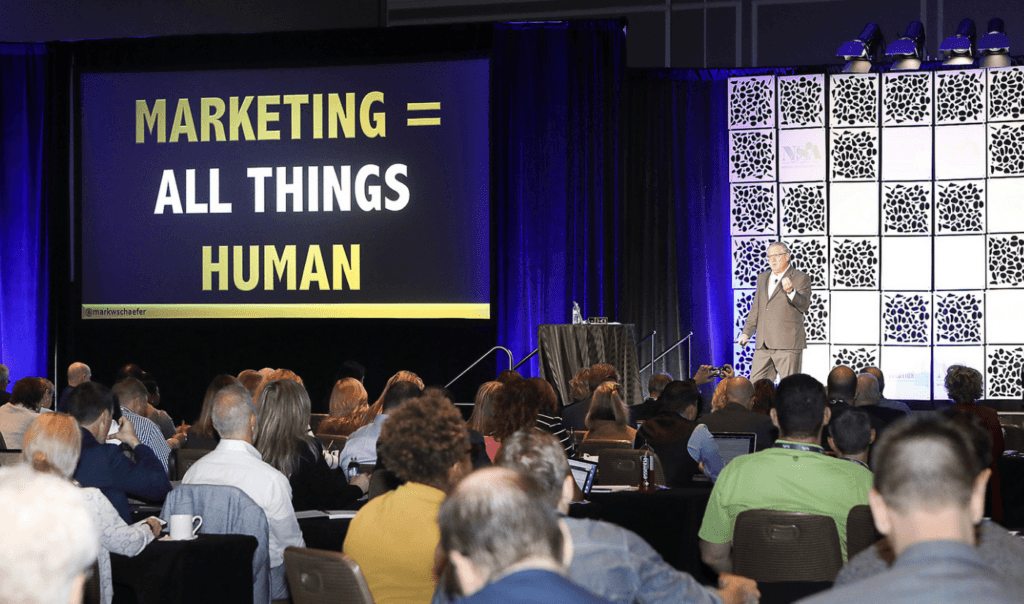
Perhaps no single industry has been so devastated by the coronavirus crisis as the multi-billion-dollar conference and events business. Countless careers in catering, hospitality, travel, and public speaking (like me!) depend on the future of conferences. We’re all wondering about the future of conferences.
We need these events to come back. But when?
In a recent free strategy paper I published called The Pandemic Business Playbook, I noted that we must think through post-crisis questions like this by assessing probabilities — what are the most likely scenarios?
Public speaking has been an important part of my revenue stream so the “re-opening” of conferences is essential to my business planning. Problem is, I found absolutely no data or projections on the future of conferences that could help me. So I conducted my own research and the results provide an interesting snapshot of what might be occurring in the next 2-3 years. Let’s look at this today.
The process
No government action is going to “re-open” traditional conventions and conferences. PEOPLE will allow conferences to re-open only when they feel safe enough to flock back to those airports, hotels, and convention centers.
My research was focused on diverse business executives likely to travel to conferences — when will they return, and what would make them feel safe to return?
In my survey, I purposely excluded anybody whose primary income is derived from events.** I wanted to get a read on the sentiment of our CUSTOMERS — conference-goers whose income does not depend on these events.
The survey was conducted during the week of May 03, 2020, and the sample size was 123, which included diverse leaders from
- manufacturing
- services industries
- healthcare/pharmaceutical
- high tech
- automotive
- education
… and others.
I asked them three questions, and assured anonymity:
- What is the most likely timeframe large conferences (over 500 attending) will return?
- When is it likely small events will return (under 100)?
- What milestone event would have to occur to once again attend a conference?
This is not a scientific survey, but the results point to some useful insights that will influence my decision-making in the months to come.
** There was one exception in my survey. I polled a director for the huge SXSW conference just out of my own curiosity!
What is the near-term future of conferences?
Here is when respondents believed they would be returning to large conferences:
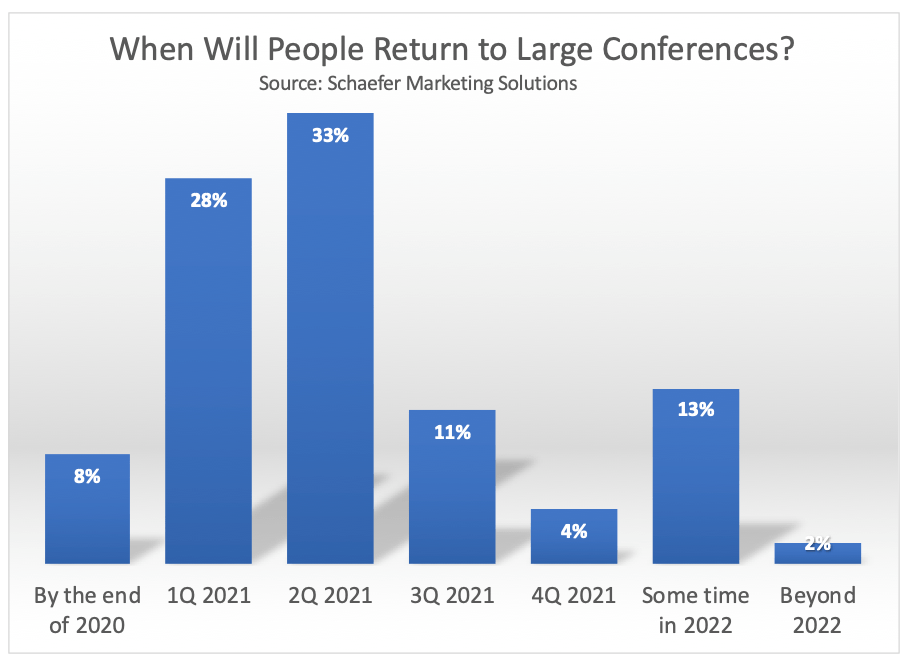
We can tease a few facts from this response:
- 36 percent believe they will be returning to large conferences within the next nine months.
- About 30 percent believe things will be normal no sooner than the second half of 2021.
- About 15 percent believe both 2020 and 2021 will be a wash-out for large conferences.
Let’s turn to views about smaller events with 100 or fewer attendees:
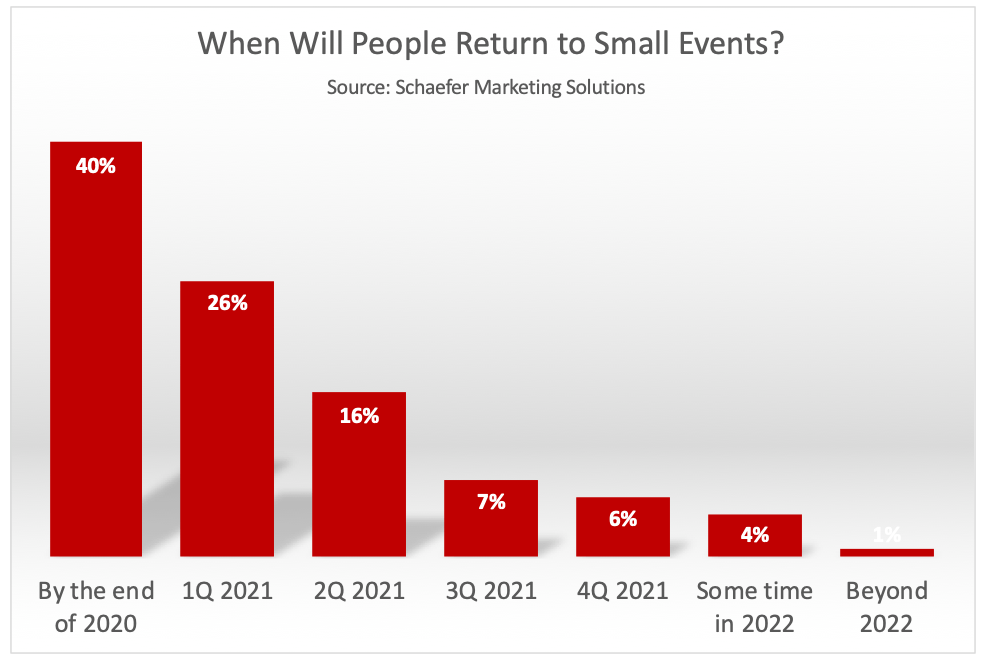
This was a more optimistic response, with about 40 percent of the respondents believing that we’ll have this figured out by the end of 2020.
About 34 percent believe that even small meetings of less than 100 people are at least a year away.
What will help people return to conferences?
The answer to this question was nearly universal: The virus has to go away … or at least become contained by vaccination or medical treatment.
More than 90 percent of the respondents included “vaccination” or some sort of effective medical therapy in their response.
Perhaps this respondent comment sums it up best: “I want to attend a conference without having to wear a mask.”
Until we stop reflexively seeing people as viral threats, the vital benefit of human contact at in-person events will remain elusive.
The medical reality of vaccination development does not support the relatively optimistic hope of the respondents. The grim truth is that a vaccine probably won’t arrive any time soon.
No short-term answer
A comprehensive New York Times analysis called “How Long Will a Vaccine Really Take?” reports that the average time to create a vaccination is 36 years. For example, after 40 years, we still don’t have a vaccine for H.I.V. The fastest vaccination ever produced took four years.
Robert van Exan, a cell biologist who has worked in the vaccine industry for decades, predicts we won’t see a vaccine approved until at least 2021 or 2022, and even then, “this is very optimistic and of relatively low probability.”
So even if the world gets incredibly lucky and cuts the previous “speed record” of four years to 1.5 years, we would be late into 2021 just for approval of a vaccine.
After approval, millions of vials will have to be prepared, shipped, and distributed. Some vials will be stockpiled ahead of time and several manufacturing facilities will be built in anticipation of a cure, but not enough to vaccinate the world, or even America, quickly.
Vaccine alternatives
However, we may not need a vaccine for life to return to normal.
The history of H.I.V. offers a glimmer of hope for how life could continue even without a vaccine. Researchers developed antiviral drugs that lowered the death rate and improved health outcomes for people living with AIDS.
Therapeutic drugs might likewise change the fight against COVID-19. The World Health Organization began a global search for drugs to treat COVID-19 patients in March. If successful, those drugs could lower the number of hospital admissions and help people recover faster while narrowing the infection window so fewer people catch the virus.
The problem is, even if these chemical cocktails shorten sicknesses and perhaps even prevent deaths, they won’t prevent you from contracting the virus. We can use H.I.V. as a stand-in for coronavirus here. If you were told that you can go to conferences and contract H.I.V. but not die from it, would you go?
I don’t think we can under-estimate the psychology of fear as a factor in this equation, especially when there is a daily litany of new revelations about the coronavirus attacking the brain, heart, liver, kidneys, and creating strange new illnesses in children.
Lag time
Whenever we do hit “after coronavirus,” some parts of life will return to normal quickly. But big conferences only happen with months, sometimes years, of lead time.
The process of planning a schedule, assembling speakers, booking a space, reserving hotel rooms, marketing it to the world so people can convince their bosses to let them go — it all takes a long time. And almost none of that process can begin until planners know when it’ll be safe to gather thousands of people in a tight space.
Whenever that day comes, the local gym may be open, but big conferences will still be months away due to the planning time gap.
Conclusion based on probabilities: The low probability of having a vaccine quickly seemingly contradicts the relatively optimistic views of the respondents.
Even a “lucky” scenario would push approved drug therapies and/or a vaccination into late 2021 or beyond. With more than 90 percent of the respondents saying this a critical priority, the lack of assured safety and the lag time needed for planning events would likely prohibit a 2021 return for at least large conferences.
Impact of finances + regulations
About one-third of respondents also mentioned budgetary concerns or the lifting of regulatory constraints as impediments to attending conferences. Many companies have eliminated business travel in an effort to remain solvent and a significant economic rebound would be necessary to justify non-essential travel.
There are also travel considerations such as national travel bans, regional travel restrictions, and even a lack of flights cited as at least near-term problems.
Tim Peter is an expert in the hospitality industry, and he pointed to research showing that large company gatherings are expected to be the most vulnerable travel category coming out of the pandemic. “Many companies are already canceling large events through 2021,” he said. “This may never recover. Virtual events may become a new normal for companies.”

There are several factors that point to extended business travel restrictions:
- Projections that the virus will linger in the U.S. at least into 2021
- Significant business losses racking up in 2020
- Projections of a recession or depression that may last for years
- Increased effectiveness of online meetings and events
Conclusion based on probabilities: Economic conditions through at least 2021 will not be favorable to lifting bans on many corporate travel restrictions. Large company meetings probably will not come back in 2021 and could be vulnerable even beyond that timeframe.
The issue of insurance
There is another factor that could severely threaten large conferences: An inability to obtain event insurance.
The insurance industry could be devastated by the pandemic. A multibillion-dollar standoff between the nation’s leading insurers and the restaurants, hotels, gyms, and theaters that purchase their policies has spilled into a political clash over who should foot the sky-high costs of the coronavirus outbreak.
The battle hinges on whether insurance providers should have to pay claims to companies that have shuttered unexpectedly as a result of the deadly pandemic.
One survey respondent said: “Conferences will be too risky until mid- to late-2021 when a vaccine becomes available and, more critically, when insurance companies will feel safe underwriting conferences again. A vaccine will be the trigger that lets them shift fault from the conference (willingly exposing participants to harm) to the attendee (individual choice to get the vaccine, the conference is not at fault).”
Conclusion based on probabilities: An inability to obtain event insurance in the face of lingering pandemic surges could prevent the near-term scheduling of events, especially large conferences and festivals.
Virtual event evolution
We are certainly getting better at online meetings and events. Virtual conferences won’t do much to help airlines, hotels, and every other industry that supports this industry, but could they afford a new opportunity for speaking professionals?
Maybe.
This is anecdotal, but my colleagues in the speaking industry report that at least in the short-term, most online events are expecting speakers to appear for free or at dramatically reduced rates. A close friend spoke at three online events last week … all free. We have a long way to go before virtual events are compelling enough to rival those profitable real-life conference experiences.
This is an area ripe for innovation. People are exhausted from Zoom fatigue. It’s a complicated business problem because staring at a screen for hours taxes the brain in unique ways.
The future of conferences very well could be virtual for the foreseeable future, but long-term success will require a bold integration of science, technology, entertainment, and innovation from the speakers themselves.
Conclusion based on probabilities: Professional speakers will find a home in virtual events but until the quality of the events drastically improves to justify registration prices, revenue potential will be less than what speakers are accustomed to.
Is there any good news?
I’ve identified major obstacles to resuming “normal” in the conference industry. If you’re following my logic, it looks like any business supporting conferences — including public speaking — is in for a challenging ride until at least 2022.
But there are glimmers of hope.
- In the U.S., coronavirus deaths for people under the age of 34 represent about 1 percent of the total. Research shows that Millennials are champing at the bit to hit the road again. This might be good news for youth-oriented events.
- Some nations are already approaching a level of safety even without a vaccine that allows for normal events. My friend in Iceland reports that an annual conference scheduled for this September is moving ahead as planned.
- If there is any hope for a fast vaccine, it is now. The stakes are enormous and dozens of companies are working on solutions. The survey respondents said in unison, “we must have a vaccine.”
- I think new forms of conferences will emerge. Zoom is not a sustainable format or long-term replacement for the conference experience. But there has to be something brewing out there — VR? AR? — that will create new opportunities.
- According to a study by strategic communications consultancy APCO Worldwide, 83 percent of people working from home say they miss attending in-person meetings and conventions. And 78 percent say they plan to attend as many, or more, when the threat of COVID-19 passes.
When SXSW was canceled this year, I felt like Christmas had been shut down. My favorite week of the year. I’ve made so many friends there and learned so much at this global gathering of thought leaders.
The very reason why monumental conferences like SXSW had to shut down is precisely what made them popular: they brought together interesting people from everywhere. The sheer immensity is why now they are so uncertain.
There will still be in-person conferences. Virtual events will fill part of the void. But we’ll miss meeting someone from another part of the world and unexpectedly getting sucked into a multi-hour conversation, playing hooky for all the talks we had planned to attend.
Our favorite conferences will return. When SXSW comes back, I’ll be first in line for a ticket.
What is the future of conferences?
The answer to this question is unknowable but I hope this post represents a rational thought experiment.
- People won’t return to in-person events until they can be assured of safety.
- “Mask-free” safety for large events probably can’t be assured until late 2021 or beyond.
- Respondents are optimistic that small events will come back quickly.
- Many safety-related and economic travel restrictions will remain in place through next year.
- Some conferences may be in jeopardy until the insurance situation sorts out.
- Youth-oriented events and conferences in countries that have rebounded from the virus will return more quickly.
- Virtual events will thrive and rapidly evolve but probably won’t offer “normal” opportunities to many professional speakers until a technological breakthrough makes them more attractive for paying registrants.
What’s next? You’ll have to come to your own conclusions.
What do you think is ahead for the future of conferences?
The post What is the future of conferences and public speaking? appeared first on Schaefer Marketing Solutions: We Help Businesses {grow}.

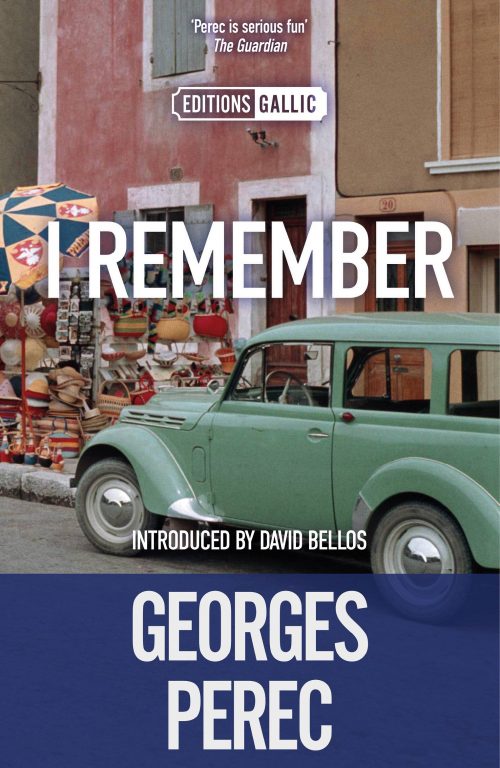
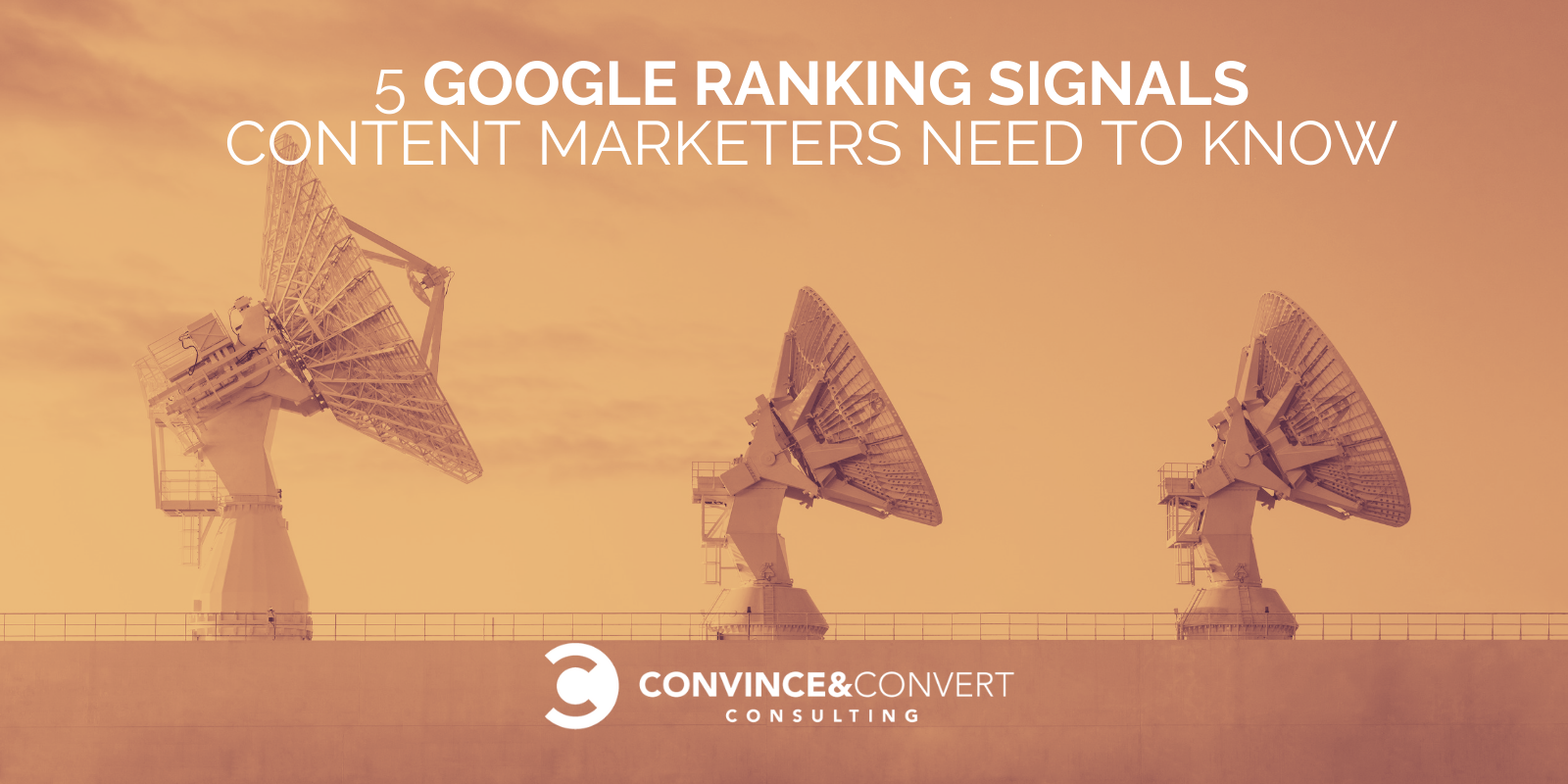






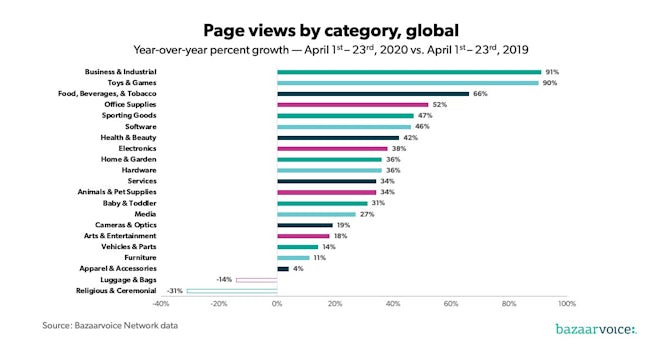



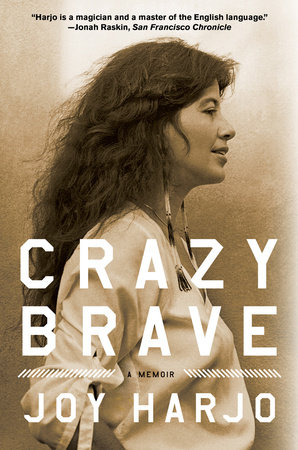
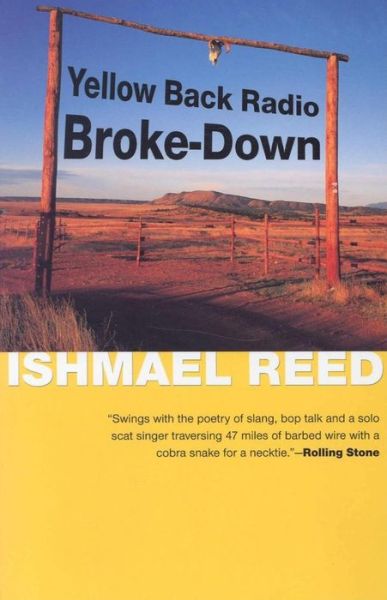
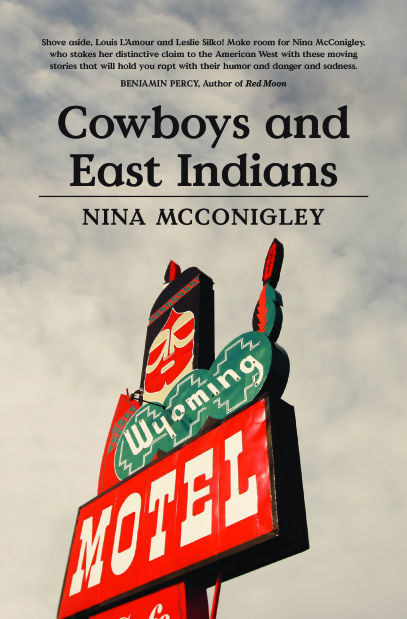


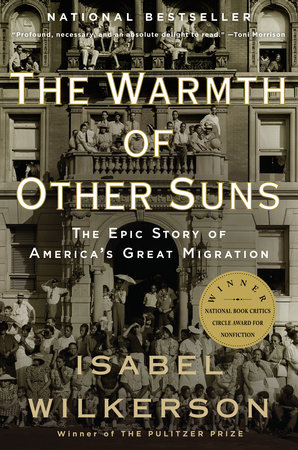





 Mark Schaefer is the chief blogger for this site, executive director of Schaefer Marketing Solutions, and the author of several best-selling
Mark Schaefer is the chief blogger for this site, executive director of Schaefer Marketing Solutions, and the author of several best-selling